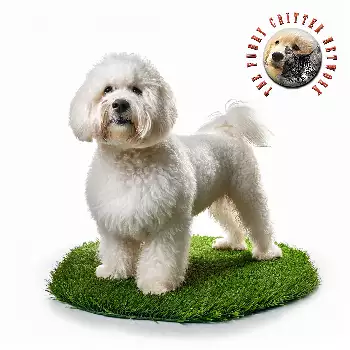The Bolognese is known by several names that reflect its rich Italian heritage and distinctive characteristics. The breed is most commonly called the Bolognese, named after the northern Italian city of Bologna where it originated. It is also referred to as Bichon Bolognese, acknowledging its membership in the Bichon family of breeds, which includes the Bichon Frise, Maltese, Havanese, Coton de Tulear, and Lowchen. In some circles, particularly in historical contexts, the breed has been called the Bolo or simply Bologna dog.
Historically, the Bolognese was sometimes known as the Havana Silk Dog due to the remarkable texture of its coat, which feels like fine silk despite being woolly rather than truly silky. This luxurious coat quality made the breed particularly desirable among European aristocracy during the Renaissance period. Italian nobility often referred to these dogs as "piccolo cane bianco di Bologna" which translates to "little white dog of Bologna."
The breed's ancestry traces back to small white dogs called Melitensis or Canes Melitenses, mentioned in Latin writings by Aristotle as far back as 384-322 BC. These ancient Mediterranean dogs are believed to be the common ancestors of all Bichon-type breeds. The Bolognese specifically developed in the Bologna region of Italy, where it became a distinct breed separate from its cousins, though it shares much of its history with the Maltese.
The American Kennel Club currently recognizes the Bolognese in its Foundation Stock Service program, which is the first step toward full AKC recognition. The breed has been part of the FSS since 2012. Internationally, the Federation Cynologique Internationale recognizes the Bolognese in Group 9, Section 1, alongside other Bichon breeds. The United Kennel Club also recognizes the breed in its Companion Dog Group.
In the United Kingdom, the breed was first introduced in 1990 by breeder Liz Stannard and gained the ability to be shown in all shows with their own classes in 2001. The Bolognese made its debut at the prestigious Crufts dog show in 2002. The breed's recognition has grown steadily across Europe and North America, though it remains relatively rare compared to its more popular Bichon cousins like the Bichon Frise and Maltese.

